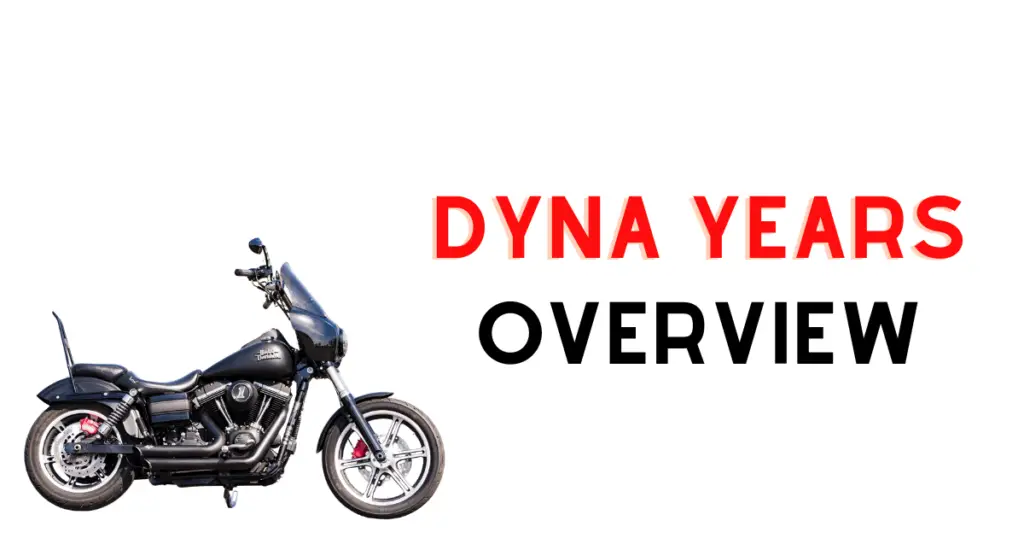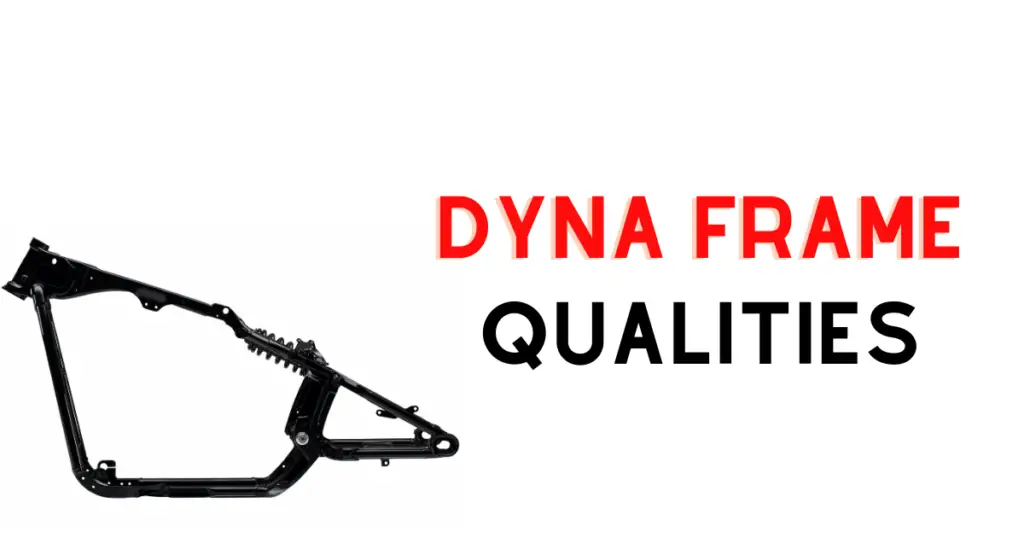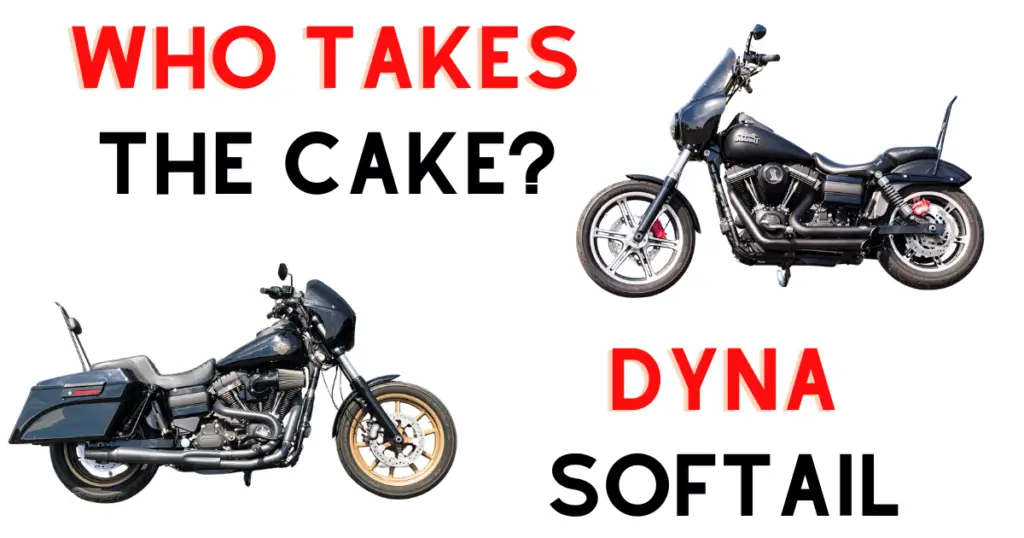The Harley-Davidson Dyna series holds a distinguished position in the evolution of motorcycles, reflecting a bridge between the brand’s rich heritage and the demands of modern riding. Introduced in 1991, the Dyna line emerged on the heels of the FXR models, with the inaugural FXDB Sturgis model launching to honor the 50th anniversary of the famed Sturgis motorcycle rally. These bikes quickly became revered for their classic aesthetics, combined with a raw and exhilarating riding experience, a hallmark of Harley-Davidson’s engineering philosophy.
The Dyna was characterized by a unique frame and an exposed rear suspension, a design element that connected the swingarm directly to the frame, preserving the visual lines of a hardtail motorcycle while offering a more contemporary ride. This enabled riders to feel the engine’s vibrations—a trait synonymous with Harley-Davidson’s bikes. Despite the motorcycle’s discontinuation, the Dyna’s legacy continues to influence riders and the design of newer models, solidifying its iconic status in the motorcycle community.
Throughout its years of production, the Dyna range expanded to include various models, each with distinctive features that catered to different rider preferences. These motorcycles offered a blend of the quintessential Harley-Davidson power and style with advancements in performance and handling, illustrating the brand’s dedication to innovation while respecting its storied past. The enduring appeal of the Dyna series underscores the brand’s ability to craft machines that resonate deeply with motorcycle enthusiasts around the world.
History of The Best Harley Dyna Years and Its Evolution As A Motorcycle

The Harley Dyna line, recognized for its unique blend of performance and traditional Harley-Davidson style, has evolved significantly since its introduction. This section sheds light on the line’s design origins, diverse models, engine transitions, eventual discontinuation, noted editions, and the cultural influence it has sustained.
Origin and Design Philosophy
The Dyna family was birthed from a desire to marry the classic Harley-Davidson aesthetic with a frame conducive to improved handling. Willie G. Davidson, the grandson of one of the company’s founders, played a pivotal role in designing the first FX Super Glide in 1971, which combined elements from the touring and chopper models of that era.
Dyna Models through the Years
The Dyna’s model range expanded over the years. The FXDB Sturgis (1991) and the FXDWG Wide Glide (1993) offered riders distinctive style options, the FXDL Low Rider and FXD Low Rider provided a sleek, low-profile experience, while the versatile FXDS-Conv Dyna Glide Convertible allowed for a quick transformation from touring to cruising. Models like the FXDX Super Glide Sport and FXDX-T Super Glide T-Sport emphasized sportier performance, and the Dyna Street Bob stripped things back to basics.
Read next: Dyna vs FXR: Historic Harley Model Showdown and Comparison
The Dyna Engine Timeline
| Year | Engine | Notable Features |
|---|---|---|
| 1991 – 1998 | Evolution Engine | Replaced the Shovelhead engine, reducing vibration and improving reliability. |
| 1999 – 2006 | Twin Cam 88 Engine | Introduced greater power with the advanced Twin Cam technology. |
| 2007 – 2017 | Twin Cam 96 and 103 engines | Provided an upgrade in displacement and included fuel injection. |
| Post-2017 | Milwaukee-Eight Engine | Featured in the Softail line, replacing the Dyna family post-discontinuation. |
Dyna’s Discontinuation and Legacy
The Dyna family was discontinued in 2017 as Harley-Davidson reconsolidated its lineup. The revered models were integrated into the updated Softail line to create a new generation of motorcycles that incorporated Dyna’s spirit but with enhanced performance and handling dynamics.
Notable Limited Editions and Variants
Limited editions like the FXDB Daytona and the FXDB Sturgis commemorated Harley’s racing history and cultural roots, whereas the FXLR Low Rider Custom added a heightened aesthetic flair to the functional design. The FXDWG Dyna Wide Glide featured custom elements inspired by the chopper era, and the FAT BOB introduced a muscle bike stance with aggressive styling.
Related read: Dyna Wide Glide Problems: Common Issues and Solutions
Cultural Impact and Popularity
The Harley Dyna series has had a significant cultural impact, symbolized through its association with the television series Sons of Anarchy. The bikes were celebrated in popular media and were often highlighted in publications like Cycle World. They resonated with riders seeking both the Milwaukee brand’s heritage and a capable machine ready for city or touring adventures.
Dyna’s Engineering Insights

The Harley-Davidson Dyna series is renowned for its robust combination of performance and engineering innovation. This section explores the pivotal aspects of the Dyna’s design, from its chassis to its safety features, and how it compares to its Harley-Davidson brethren, the FXR and Softail models.
Chassis and Frame Design
The Dyna chassis is structured to blend the classic Harley-Davidson aesthetic with engineering needed for a smoother ride. Unlike the FXR chassis, known for its framed agility, the Dyna adopted a simpler design, which allowed for easier customization. Notable improvements over time include the transition to a stiffer frame in the 2006 models, enhancing the stability at higher speeds.
Suspension and Handling
The Dynasty suspension systems underwent iterative enhancements to refine rider experience. Initially sporting a 39mm XL-style front fork, upgrades in later models included adjustable rear suspension components. The focus was on improving road feedback and better handling dynamics, a step away from the FXR’s more rigid ride to a balance between comfort and performance.
Brakes and Safety Features
By implementing disc brakes on both the front and rear wheels, Dyna models offer reliable stopping power essential for safe riding. Even though the Softail line also features disc brakes, the weight distribution and wheelbase of the Dyna affect brake responsiveness, contributing to its distinctive riding character.
Comparison with FXR and Softail Models

Softail models exhibit a rear suspension system designed to mimic the look of a hardtail, while the Dyna is visibly equipped with a traditional twin shock setup. The Dyna’s frame design is somewhat between that of the FXR and Softail lines, with the FXR providing a sportier ride and the Softail focusing on a classic style and comfort. The Dyna strikes a balance, offering riders a merge of both worlds.
Riding Experience
The Harley-Davidson Dyna series offers a distinctive riding experience characterized by robust American V-twin performance and a blend of classic styling with modern advancements. Here’s an in-depth look at what riders can expect in terms of performance, comfort, customization, and maintenance.
Performance and Torque
The Dyna lineup is renowned for its powerful engines, providing ample torque and horsepower for a thrilling ride. The bikes feature an engine mounting system with rubber mounts, effectively reducing vibration and promoting a smoother experience. Riders can feel the bike’s power and torque especially when accelerating on open roads.
- Engine Specs:
- Horsepower: Varies by model
- Torque: Typically high, contributing to strong acceleration
Comfort and Ergonomics
Ergonomic design ensures that riders enjoy comfort, whether cruising on highways or maneuvering through city streets. The Dyna models come with a deep, chopped seat and options for saddlebags, enhancing both comfort and functionality. The weight distribution and seating position offer a balanced ride, easing long journeys.
- Comfort Features:
- Seats: Deep, chopped design
- Positioning: Upright riding stance
Customization and Aftermarket Support
Customization is a significant part of the Harley-Davidson culture, and the Dyna series is no stranger to this tradition. Riders can modify their bikes with various aftermarket parts, from chrome enhancements to performance upgrades. The ease of adding and removing elements like saddlebags exemplifies the Dyna’s flexibility.
- Customization Options:
- Aesthetic: Chrome parts, paint jobs
- Functional: Handlebars, exhaust systems, saddlebags
Reliability and Maintenance
Dyna motorcycles are known for their reliability, a key consideration for riders looking for a trusty companion on the road. Routine maintenance is required to keep these machines in peak condition. With proper care and regular service—their longevity is impressive, offering riders peace of mind and a reserve of performance for years to come.
- Maintenance Tips:
- Regular checks: Oil changes, tire inspections, brake services
- Longevity: Adherence to service schedules can extend the bike’s life
Ownership and Practical Considerations
When considering the ownership of a Harley-Davidson Dyna motorcycle, prospective owners should assess the value and practicality of their investment. Factors such as purchasing advice, operating costs, and community support play substantial roles in the ownership experience.
Purchasing Advice and Value
The Harley-Davidson Dyna series, recognized for its strong resale value, offers a variety of models, each with its own set of considerations. Price fluctuates based on the model year, condition, and any limited production attributes. A used Dyna motorcycle can range significantly in price, and newer models with fuel injection and upgrades tend to command higher prices. Cycle World and similar publications can be a useful resource for identifying models that offer the best balance of features and value.
- Dyna Glide: Sought-after for its classic style and performance.
- Fuel Injection: Typically found in models post-1995, adding dependability and ease of use.
Fuel Efficiency and Operating Costs
The Dyna series’ fuel efficiency is moderate among heavyweight cruisers, with an average of 30 to 50 mpg depending on riding conditions and maintenance practices. Operating costs must account for not just fuel, but also regular maintenance, insurance, and potential repairs. Models with known issues, such as the 2006 and 2007 Dynas, may incur additional costs due to fuel tank and transmission problems respectively.
MPG Range:
- City: Approximately 30 mpg
- Highway: Up to 50 mpg
Support and Community
Harley-Davidson is renowned for its robust community of enthusiasts and the availability of support for their motorcycles. Owners have access to a vast array of after-market parts and knowledgeable mechanics who specialize in the Dyna series. Online forums and local clubs provide resources and community support where owners can exchange tips and experiences. This strong community and support network can greatly enhance the ownership experience and can contribute to resolving any issues that may arise with particular bike models.
Comparative Analysis
When comparing the Harley-Davidson Dyna to other models in the brand’s lineup, key differences emerge in design philosophy, riding dynamics, and cultural impact. This section delves into these distinctions, particularly against the iconic models such as the Street Bob, Sportster, Electra Glide, Dyna Super Glide, and FXRT Sport Glide.
Dyna vs Other Harley Models
Design and Style:
- Dyna Super Glide: This model is often celebrated for its stripped-down, raw design, which is a staple of the Dyna family. Sporting minimalistic aesthetics, it contrasts sharply with the more laden and touring-focused Electra Glide (However it occasionally experienced some issues).
- Street Bob: Positioned within the Dyna family, the Street Bob provides riders with a leaner and bobber-esque ride. It is distinguishable by its minimalist design approach, compared to the fuller, classic design seen on models like the Sportster.
Performance and Handling:
- Electra Glide: Known for its comfort and long-distance capabilities, the Electra Glide features a more relaxed riding geometry compared to the more agile FXRT Sport Glide and other Dynas recognized for their performance edge.
- Sportster: While the Sportster series delivers a raw and engaging ride, the Dyna models, specifically the Super Glide, are often credited with blending classic Harley power with modern advancements in handling.
Cultural Significance:
- The Dyna series, especially the FXRT Sport Glide, has carved out a distinct legacy in motorcycle culture, often associated with both customizability and the heritage of American motorcycling.
- Comparatively, the Sportster line-up, with its extensive history and evolution, has its own significant place in biker culture, symbolizing entry-level accessibility and rebellion.
Technological Innovations:
- The Street Bob and other Dyna models introduced more advanced technologies over time, including chassis improvements and fuel injection systems, which were gradually integrated across the Harley-Davidson range, including into classics like the Electra Glide.
Frequently Asked Questions
This section addresses common inquiries regarding the various models, distinguishing features, introduction years, changes, and evolutionary details of the Harley-Davidson Dyna series.